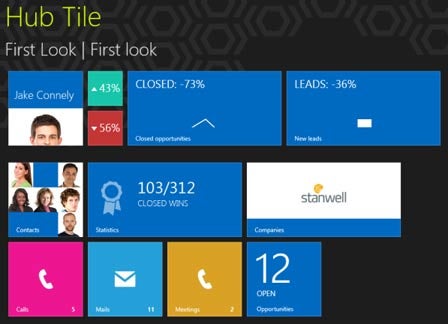With the release of Windows 8 getting closer to being imminent, interest in building applications for the next big Windows platform — especially mobile ones — is starting to build.
Microsoft this week formally released the Visual Studio 2012 development environment, which Telerik today followed up with by making available the release candidate for Telerik Windows 8 UI Controls, a toolset for building native Windows 8 touch-centric apps using either XAML or HTML.
While it will probably take some time before Windows 8 becomes a default PC platform in the enterprise, there is pent-up demand for touch-enabled Windows systems, especially in organizations hoping that a robust Windows 8 mobile computing platform will forestall or at least reduce the need to support Windows alongside mobile computing platforms from Apple.
According to Chris Sells, vice president of the Developer Tools Division at Telerik, as developers move to build mobile applications using Windows 8, there should be a lot more usage of custom URLs and APIs within Windows 8 to link those applications not only to cloud services, but, just as importantly, other Windows 8 applications. In effect, Sells says the Windows 8 operating system will now function as a broker to integrate all those services, with the end goal being to provide the end users with a seamless experience as they move between local applications and cloud services.
There’s obviously a lot of development work that has to go on before that vision is ultimately realized. But the time to start working towards making that vision a reality is now. In the short term, Windows 8 will be waiting for the usual assortment of touch-enabled, packaged applications before adoption really starts to take off in 2013. But longer term, the goal should be to make Windows 8 the natural extension of Windows applications regardless of where the code for any application happens to be running at any given moment.



